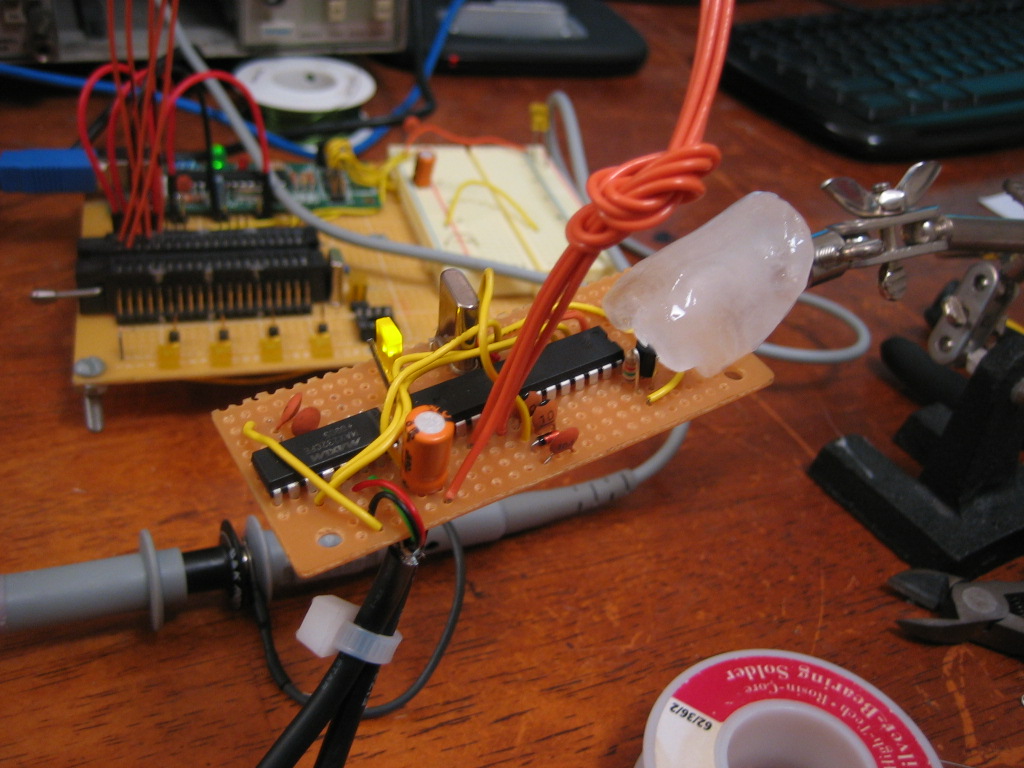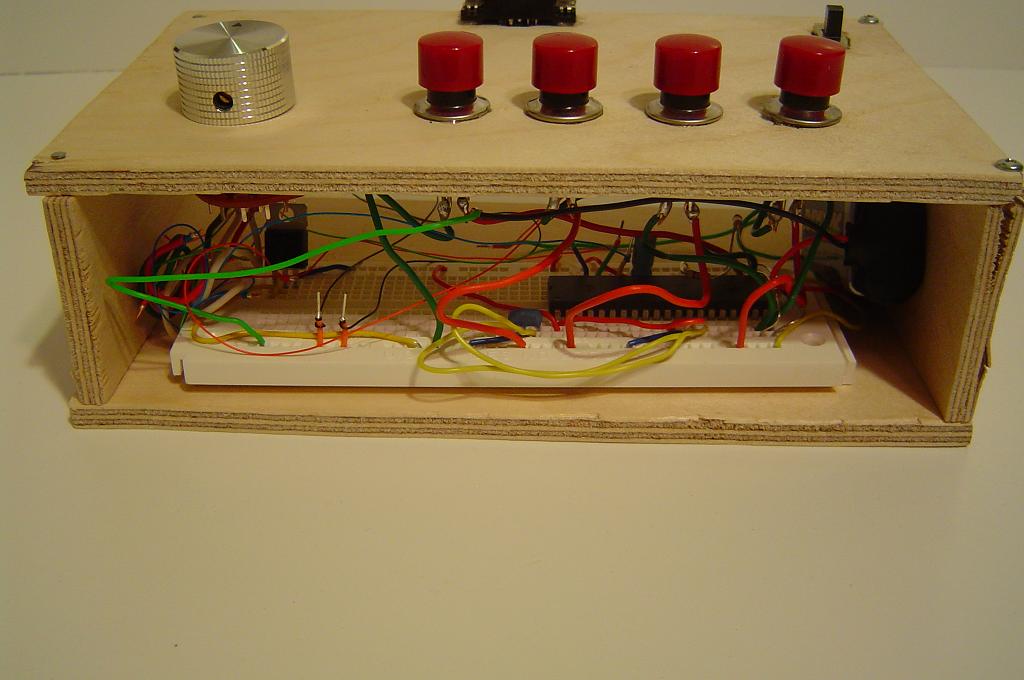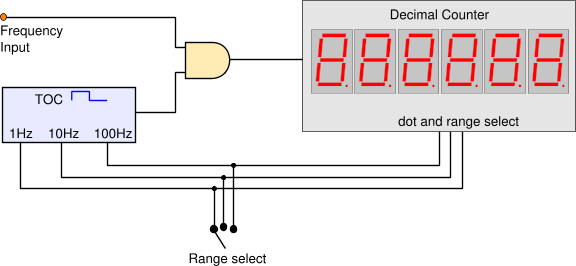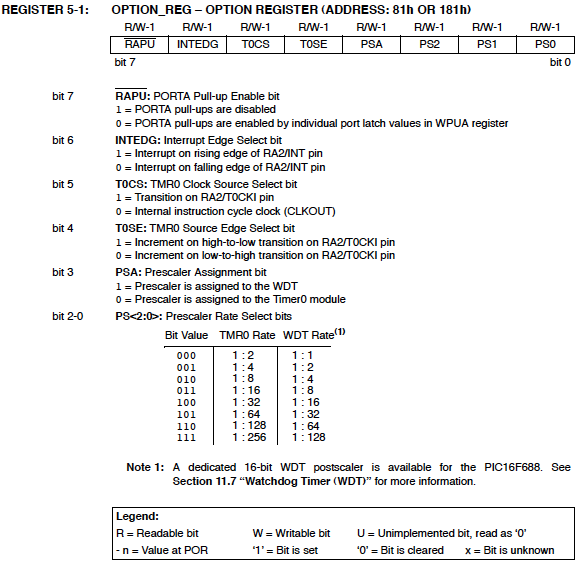Multi-channel temperature logger

This project describes how to use all the 8 ADC channels of an Atmega48 microcontroller to read temperature sensors and the measured data to a PC for logging by using the built-in USART capabilities of the chip. For demonstration, the temperature sensor used is LM335 that gives an output voltage proportional to the Kelvin temperature. The microcontroller is operated with a 9.21 MHz clock that works well for serial communication at 19200 baud. The software running on the PC is written in Python that keeps looking at the serial port and receives the incoming data.
Read more

